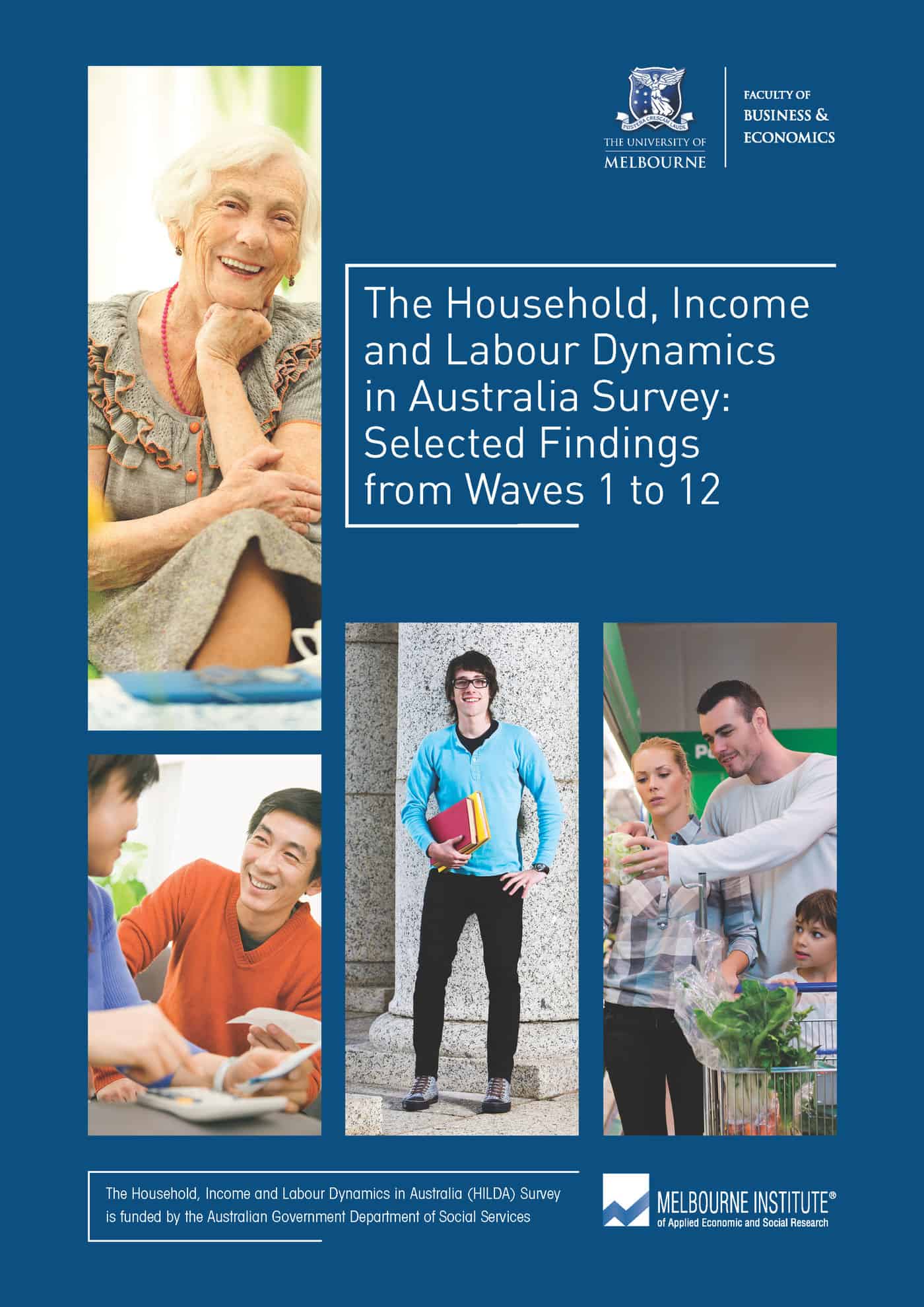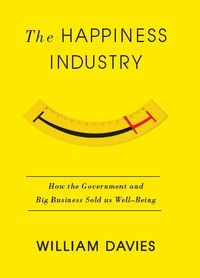Recently a reader brought to our attention a research report from Edith Cowan University that used SafetyAtWorkBlog as an important source of occupational health and safety (OHS) dialogue. “A ‘Once in a Generation Opportunity’? Narratives about the Potential Impact of OHS Harmonisation on Smaller Firms in Australia” by Rowena Barrett, Susanne Bahn, and Susan Mayson,…
Category: economics
Happiness with HILDA
 The Age newspaper’s front cover for 15 July 2015 was dominated by an article about happiness. The article is worth reading as it is built upon statistics from the long-term HILDA survey (Household, Income and Labour Dynamics in Australia) that is used by many Australian researchers but, significantly, HILDA makes no reference to happiness. Various elements in the article relate to the workplace and work activity generally but a couple are of direct relevance to occupational health and safety.
The Age newspaper’s front cover for 15 July 2015 was dominated by an article about happiness. The article is worth reading as it is built upon statistics from the long-term HILDA survey (Household, Income and Labour Dynamics in Australia) that is used by many Australian researchers but, significantly, HILDA makes no reference to happiness. Various elements in the article relate to the workplace and work activity generally but a couple are of direct relevance to occupational health and safety.
“4. Be a workaholic
Work-life balance is overrated, the survey suggests. In fact, the more people work the better their health is. Employees can work more than 51 hours in paid work and 81 hours of total work (that’s more than 11 hours a day) without any detrimental effect on their wellbeing, according to the report.”
Another $11billion mental health estimate
Inexactitudes could lead to OHS myths
Consulting firm Deloittes recently announced the merging of its occupational health and safety (OHS) and sustainability sectors in order to provide better customer services. In the article Deloittes says about the importance of workplace mental health:
“Given that one in six working age Australians live with mental illness including depression, that is costing Australian businesses at least $11 billion dollars each year, this is a growing area“.
But the source of this statement is unclear and this lack of clarity may be contributing to some of the inexactitudes in the mental health/wellbeing debate. Continue reading “Inexactitudes could lead to OHS myths”
The exploitation of happiness
 As the Australian Government analyses the productivity of the workplace it is vital that that analysis reflects the modern workplace and management practice. At the moment Australian workplaces are awash with training programs focusing on resilience and happiness, implying that each individual can change and improve a workplace culture but there has always been an undercurrent of manipulation to these courses and seminars. A new book by William Davies provides a fresh perspective that, rightly, questions the motives behind this modern trend and provides an important historical context. (For those who can’t purchase the book but want to know more, look at this series of articles)
As the Australian Government analyses the productivity of the workplace it is vital that that analysis reflects the modern workplace and management practice. At the moment Australian workplaces are awash with training programs focusing on resilience and happiness, implying that each individual can change and improve a workplace culture but there has always been an undercurrent of manipulation to these courses and seminars. A new book by William Davies provides a fresh perspective that, rightly, questions the motives behind this modern trend and provides an important historical context. (For those who can’t purchase the book but want to know more, look at this series of articles)
Davies’s book, “
Enforceable Undertakings on OHS – Good and Bad
In 2010 Queensland’s former Attorney-General Cameron Dick said of enforceable undertakings that:
“Enforceable undertakings promote the introduction of long-lasting and more wide-ranging safety changes that would not have occurred under the prosecutorial system that imposes fines after the event.”
Enforceable Undertakings can be a powerful force for improving occupational health and safety (OHS) but they could also be used by employers to forestall investment in OHS and minimise the financial penalties should an incident occur.
Continue reading “Enforceable Undertakings on OHS – Good and Bad”
Book Launch of Job Quality in Australia
Last week this blog reviewed the book Job Quality in Australia emphasising how worker safety, health and well-being is a vital element of job quality which, in turn, is crucial for Australia’s productivity. In preparation for a book launch in Sydney on 23 June 2015, the University of Sydney has released a media statement (available…
